Be the Five
The current prevailing thought construction about COVID-19 is informed by a medical model of disease: respiratory illness. What we need is a paradigm shift. A model that promotes and encourages respiratory health and optimum wellbeing across the lifespan.
Google and WHO teamed to offer a PSA “Do the Five.” I invite you to consider an alternative. In addition to doing the five important tasks outlined in the “Do the Five” infographic, “Be the Five.” Yes. This is a different way of thinking – of being – one that runs counter to a culture of doing. Is it possible that one form of healthy aging is to simply be?
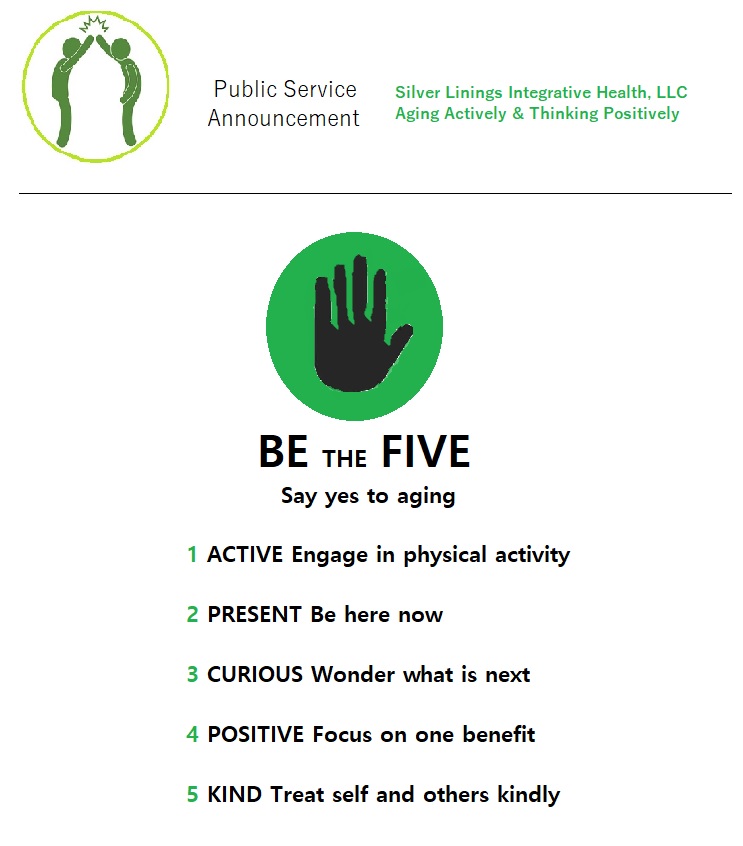
Let’s consider 5 ways to be:
Be ACTIVE by engaging in physical activity ranging from diaphragmatic breath practices, cardiorespiratory activities, strength, balance, flexibility, meditation or even hand mudras such as Prana Mudra for increasing immune health. Try actively saying a word(s) when you breathe in, such as “I am breathing in.” When you breathe out say something else, “I am breathing out.” Or try: Calm in. Peace out. Or something else. Study findings suggest physical activity, such as cycling (on a bike or using solely your body mimicking cycling form), negates immunosenescence in subjects ages 55-79.
Be PRESENT by being aware of our body, our mind, thoughts, emotions, and others’ state of being. We are more likely to respond rather than react when we practice present moment awareness. By being present we are tuned into the finiteness of our bodily needs: hydration, nutrition, sleep, comfort. Try a self-hug. Physiologically, when we hug ourselves, our blood pressure lowers, immune system boosts, heart rate decreases, cortisol decreases, decrease inflammation, stimulation of brain memory centers, and release of oxytocin.
Be CURIOUS about the possibilities of what is going on. Adopting a mind that frames the world in a sense of “don’t know” can be powerfully emancipating. We don’t expect infants to know how to balance a checkbook – they are just beginning in the world. We too are just beginning. We have never lived this very moment before now. No one person needs to know everything. We are in this together. Try framing activities as play or exploration.
Be POSITIVE amongst all the uncertainty and unknowns, it is possible to alleviate some pressures by naming at least one positive thing that happens each day and/or smile. Stress creates inflammation and thinking positively reduces the negative effects of stress on the immune system. A study out of the University of Kansas suggests smiling reduces heart rate and blood pressure. Try smiling. Even if it’s a fake smile, physiologically, same effects.
Be KIND to yourself and to others. Many people are afraid, distracted and worried. By being gentle and kind we can create a parachute of peace that can aide us in a soft landing, as we all have been shoved out the aft end of an airplane at 14,000 feet above earth. Dacher Keltner, psychology professor at UC Berkeley, reminds us of the importance of the “survival of the kindest.” Try saying: May you be healthy. May you be comforted. May you feel safe. The you in these statements can be directed toward yourself as well as others.
When we “Be the Five”, we may move toward creating mind-body homeostasis, and this might allow us to age for perhaps one more moment. Even if the effects last for a millimoment, maybe there is liberating power in being.
Adrienne Ione is a cognitive behavioral therapist and personal trainer who integrates these fields in support of people thriving across the lifespan. As a pro-aging advocate, she specializes in the self-compassion of dementia.
Website: yes2aging.com
Guided Meditations: insighttimer.com/adrienneIone
Facebook: silverliningsintegrativehealth
Originally printed on Thrive Global. Reprinted with permission.



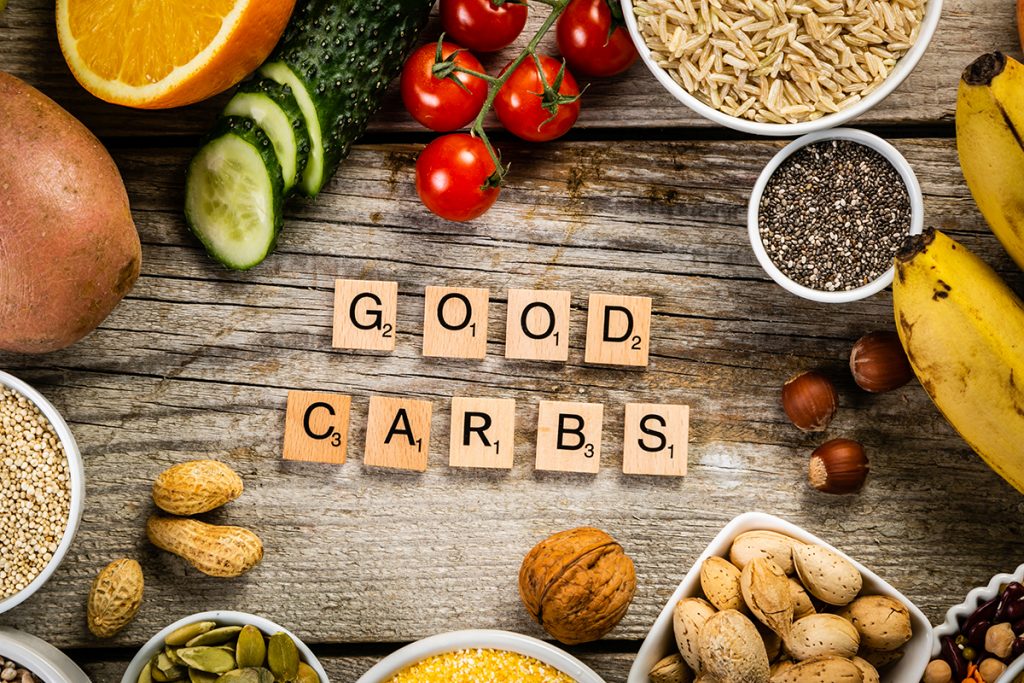 We have all heard trendy comments about carbs: They’re a waste of calories, sugar is evil. Fact? No…
We have all heard trendy comments about carbs: They’re a waste of calories, sugar is evil. Fact? No…

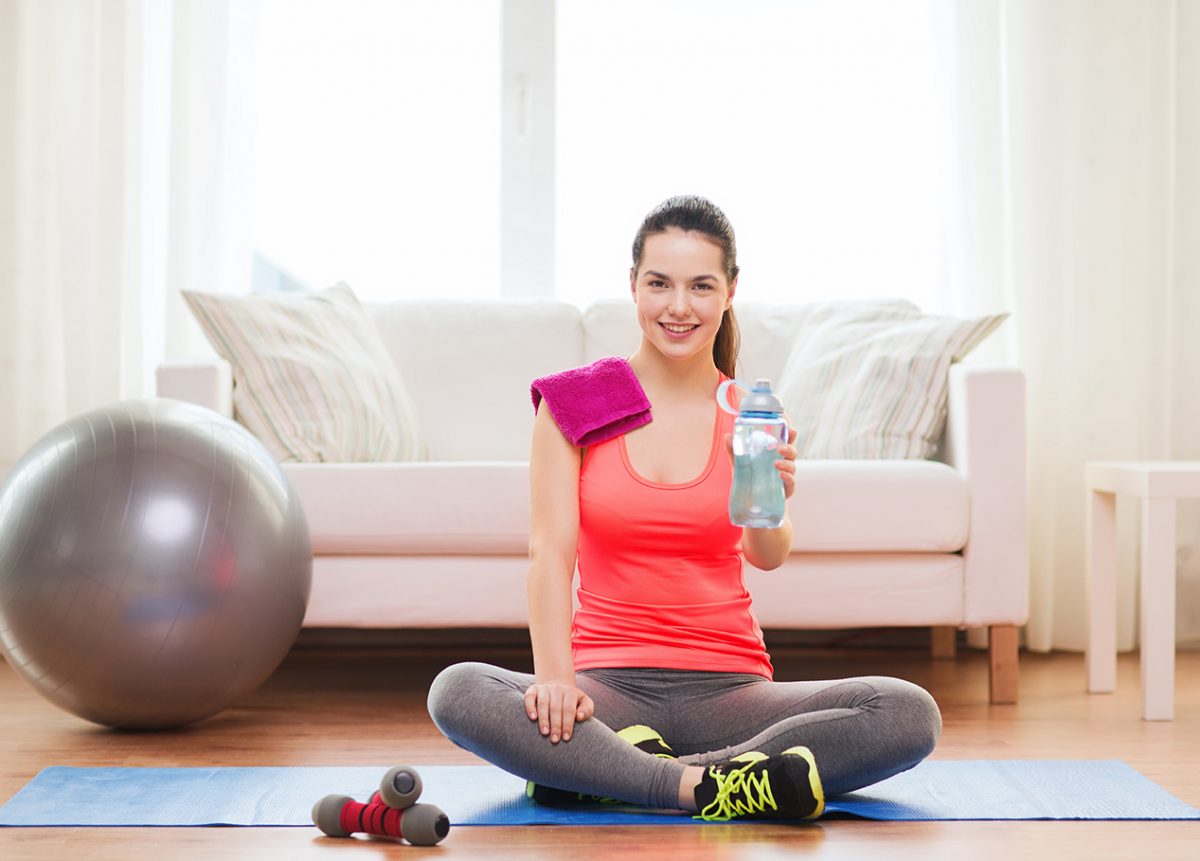
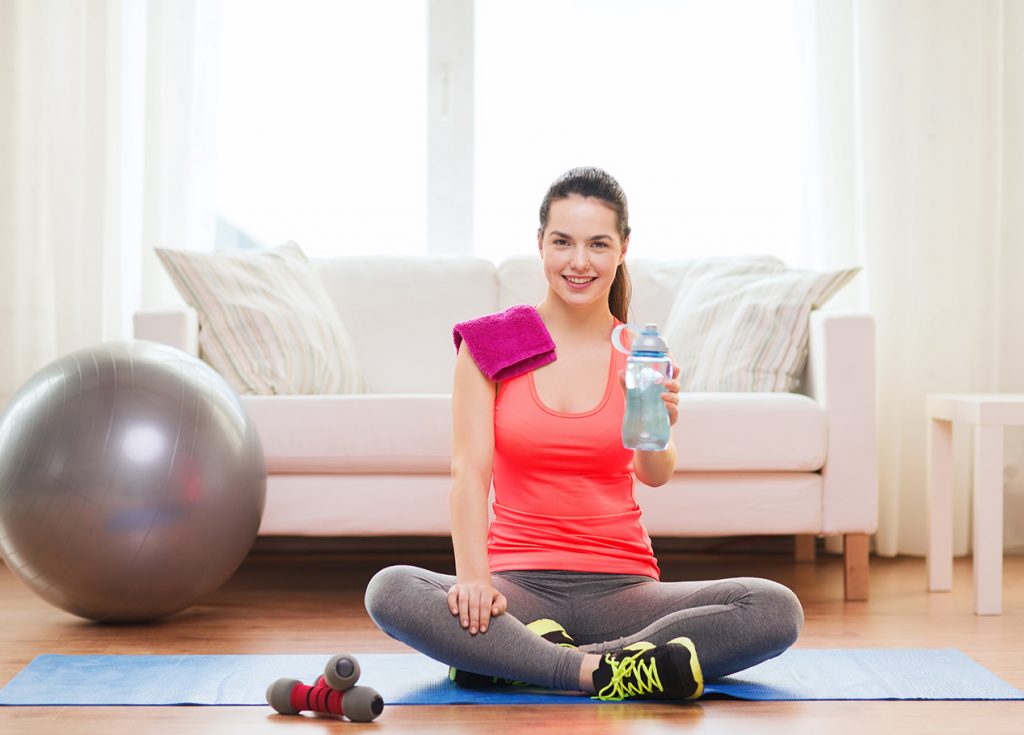 Many people are stuck at home for one reason or another think they can’t work on staying fit, but the truth is that you can get a stronger core and stay fitter without leaving home. You’d be amazed at how easy it is to get your fit on.
Many people are stuck at home for one reason or another think they can’t work on staying fit, but the truth is that you can get a stronger core and stay fitter without leaving home. You’d be amazed at how easy it is to get your fit on.

 Our challenge in the midst of a pandemic situation is how we distance from each other while remaining connected to each other. Yes, follow the CDC guidelines for social distancing. We can still greet each other with elbow bumps, and then go for a walk, a bike ride, a cruise in kayaks, etc., and continue to avoid the proximity that puts us at any risk. We can connect via phone and receive the nourishment of live, interactive conversation that texting and e-mail don’t quite match. We can climb on board a web-based platform such as Zoom and Skype where we are face-to-face for our conversation. We also have all sorts of apps such as Facetime, WeChat, and many more that allow us to have face-to-face interaction for live conversations.
Our challenge in the midst of a pandemic situation is how we distance from each other while remaining connected to each other. Yes, follow the CDC guidelines for social distancing. We can still greet each other with elbow bumps, and then go for a walk, a bike ride, a cruise in kayaks, etc., and continue to avoid the proximity that puts us at any risk. We can connect via phone and receive the nourishment of live, interactive conversation that texting and e-mail don’t quite match. We can climb on board a web-based platform such as Zoom and Skype where we are face-to-face for our conversation. We also have all sorts of apps such as Facetime, WeChat, and many more that allow us to have face-to-face interaction for live conversations.
 P stands for physical needs. For instance, if you aren’t breathing, drinking water, and eating lots of nutritional foods, you probably won’t become the best version of yourself.
P stands for physical needs. For instance, if you aren’t breathing, drinking water, and eating lots of nutritional foods, you probably won’t become the best version of yourself.
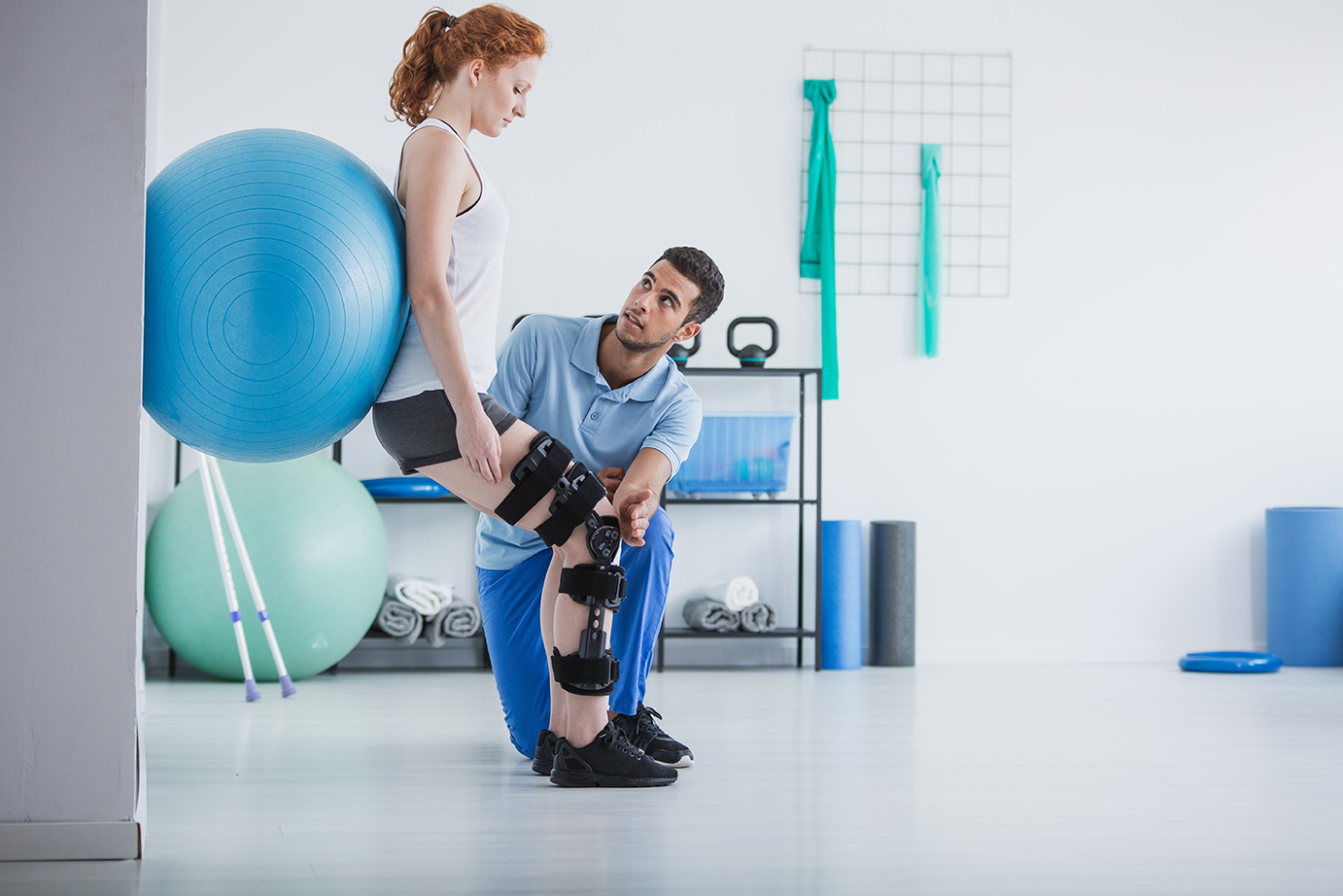
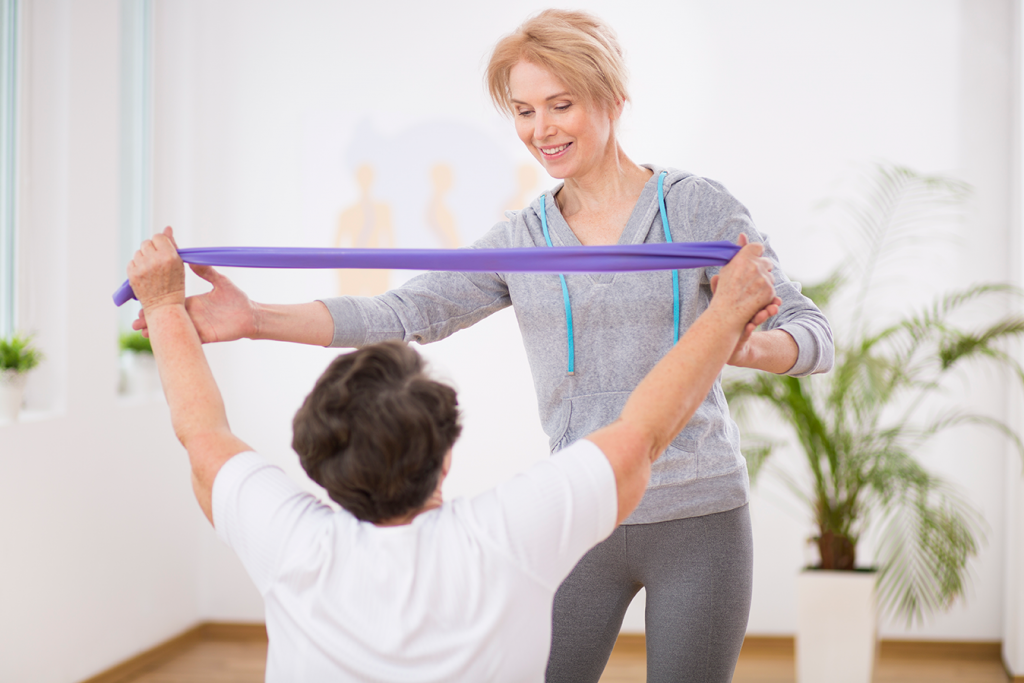


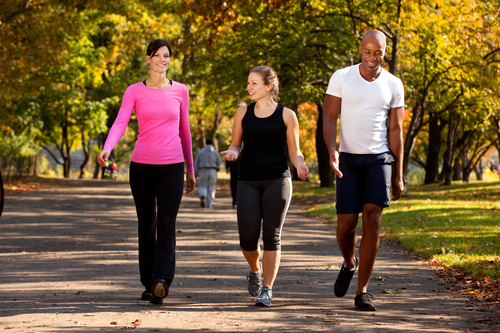 When you were born there was a fundamental principle that existed…a dream for your life so to speak. Everything in your life will make sense once you understand this. The dream for your life is that you become the best version of yourself. The dream in no way shape or form is that you become a second rate version of yourself. This leads me to friends.
When you were born there was a fundamental principle that existed…a dream for your life so to speak. Everything in your life will make sense once you understand this. The dream for your life is that you become the best version of yourself. The dream in no way shape or form is that you become a second rate version of yourself. This leads me to friends.